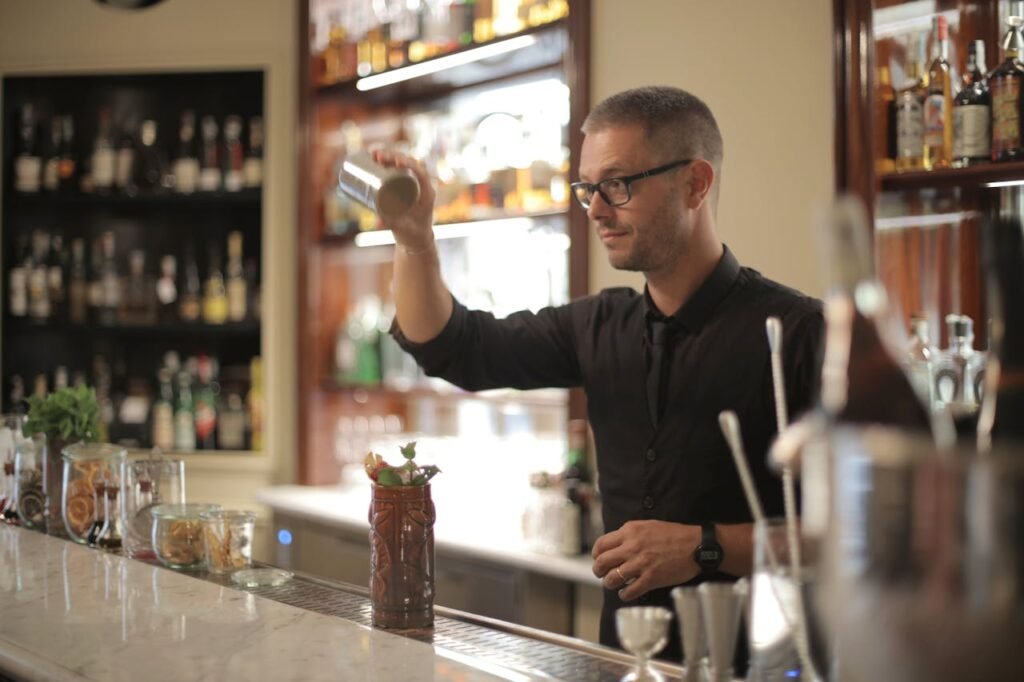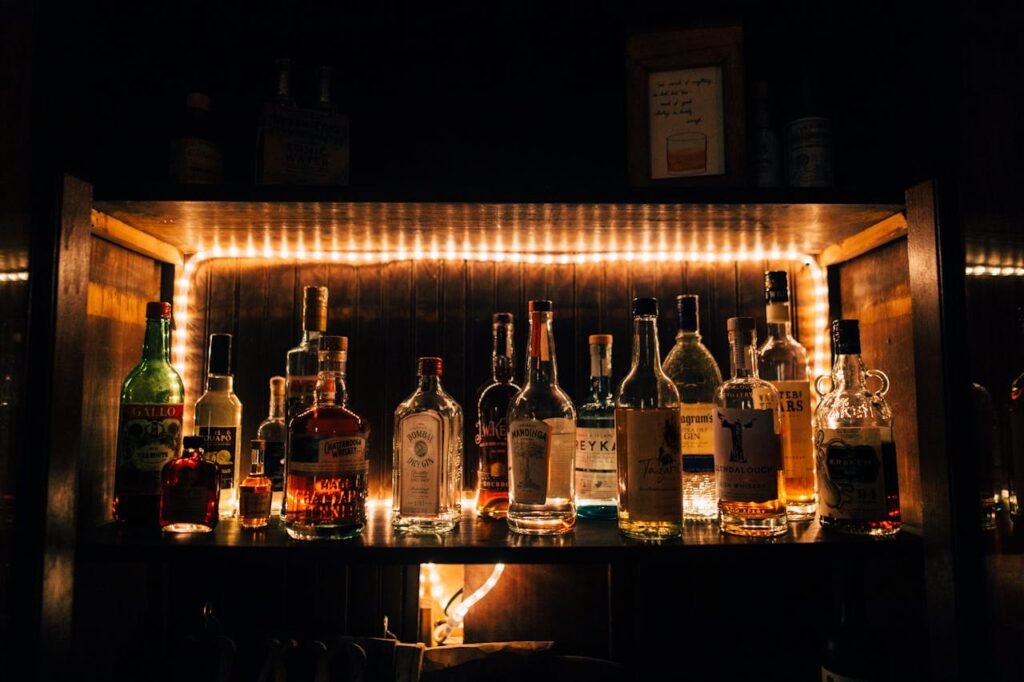Early Beginnings
- European Influence: The tradition of whiskey-making came to America with European settlers, particularly the Scots-Irish, in the 18th century. They brought their knowledge of distillation, which they adapted to the new environment.
- Kentucky’s Role: Kentucky, with its fertile soil, abundant corn crops, and limestone-filtered water, became the ideal location for whiskey production. The limestone water, free of iron, is perfect for making whiskey, and the state’s climate, with its hot summers and cold winters, aids the aging process in oak barrels.
Bourbon County
- Naming Confusion: There are debates about how bourbon got its name. Some believe it was named after Bourbon County in Kentucky, which was part of a larger area originally known as Bourbon County, Virginia. Others suggest it was named after Bourbon Street in New Orleans, a major port where Kentucky whiskey was sold and popularized.
Evolution of Bourbon
18th and 19th Centuries
- Corn Requirement: In the late 18th century, American settlers, including those in Kentucky, started using corn, which was more readily available than other grains. The U.S. government eventually required that bourbon be made from at least 51% corn.
- Charred Barrels: The practice of aging whiskey in charred oak barrels, which gives bourbon its distinct flavor and color, is believed to have started in the early 19th century. This might have been a method to improve the taste of the spirit during long transportation times.
Legislative Milestones
- Bottled-in-Bond Act of 1897: This act was introduced to ensure the quality and authenticity of bourbon. It mandated that bonded whiskey must be aged for at least four years and bottled at 100 proof.
- Prohibition (1920-1933): The Prohibition era was a significant challenge for the bourbon industry. Many distilleries closed, but some survived by producing medicinal whiskey. After Prohibition ended, the industry had to rebuild itself.

Modern Era
- Post-Prohibition Recovery: The mid-20th century saw bourbon regaining popularity, especially with the advent of television and marketing campaigns.
- Craft Distilling Renaissance: The late 20th and early 21st centuries have seen a resurgence in small-batch and craft bourbon production, driven by consumer interest in high-quality, artisanal products.
- Global Recognition: Today, bourbon is recognized worldwide as a distinctly American spirit, protected by law. According to U.S. regulations, for a whiskey to be labeled as bourbon, it must be made in the United States, from at least 51% corn, aged in new charred oak barrels, and meet other specific criteria.
Key Figures and Events
- Elijah Craig: Often credited as the inventor of bourbon, Craig was a Baptist minister and distiller who is said to have first aged whiskey in charred oak barrels.
- E.H. Taylor, Jr.: Known as the “father of the modern bourbon industry,” Taylor advocated for higher standards and was instrumental in the passage of the Bottled-in-Bond Act.
- Whiskey Rebellion: In the late 18th century, a tax protest in the United States during the presidency of George Washington, this rebellion highlighted the importance of whiskey production in American culture and economy.
Conclusion
Bourbon’s rich history is a testament to American ingenuity and resilience. From its early beginnings with European settlers to its modern-day status as a global symbol of American craftsmanship, bourbon has evolved significantly. Its journey is marked by innovation, legislative milestones, and a deep connection to the culture and geography of Kentucky. Today, bourbon continues to thrive, celebrated both in the U.S. and around the world for its unique flavors and heritage.
For more in-depth information, you can explore these sources:
- Bourbon History – American Bourbon Association
- The History of Bourbon – Whiskey Advocate
- Origins of Bourbon – Smithsonian Magazine
These sources provide comprehensive insights into the fascinating history and development of bourbon.

